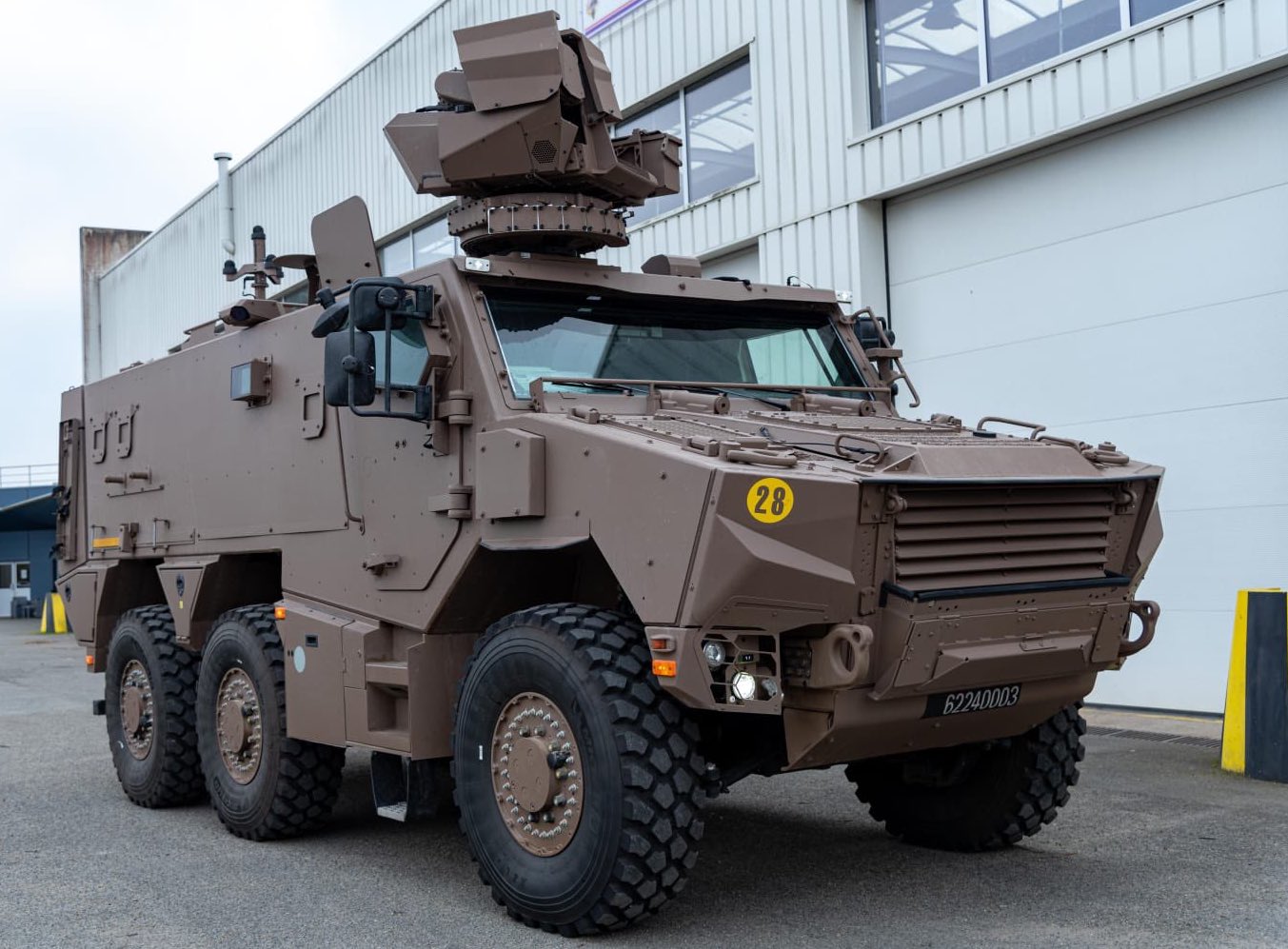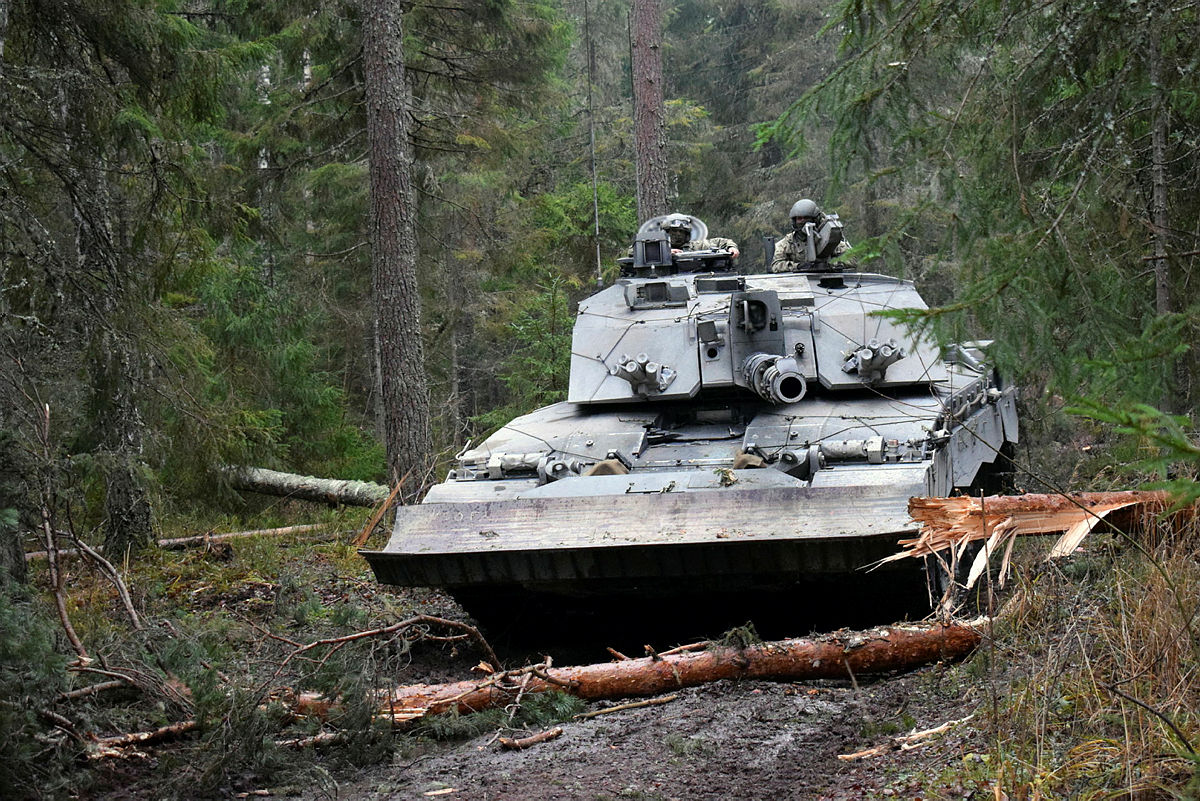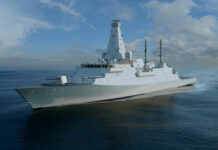Carl Benz ran his first gasoline-driven engine at the end of 1879. Development continued and by 1885 Benz had developed a two-seat gasoline powered automobile. Then in July 1886, the three-wheeled Benz Patent Motor Car, model no. 1 made its public debut and the automotive age had begun. Other powered mobility solutions followed, but at this point there was no agreement on the most effective solution to provide motive force for these new vehicles. Would it be gasoline, steam or even electric power? A similar debate is rearing its head once again.

Interestingly steam-powered cars, such as the Stanley Steamer, remained competitive in the US vehicle marketplace as late as 1918/1919, but in reality it was the gasoline Internal Combustion Engine (ICE) that had emerged as the vehicle powerplant of choice, offering greater fuel efficiency and power than their competitors. Added to which, another ICE option had appeared in the 1890s when Rudolf Diesel developed the diesel engine. Electric powered vehicles had initially proven very attractive in the vehicle marketplace, but as the ICE improved in performance and came down in cost it soon came to surpass the electric alternative.
The ICE would come to revolutionise ground transport, but it would also make aviation a real possibility, adding another aspect to its transformational progression. As the ICE grew more and more important, it also reinforced the strategic trend to have secure sources of oil. However, even before the First World War, having a secure oil supply had become a priority for Britain, as in 1911, Winston Churchill, at that time the First Lord of the Admiralty, the civilian head of the Royal Navy, had decided that the Royal Navy, at that time the largest navy in the world, would switch from coal to oil as its source of energy.
The Importance of Oil
As time went on the importance of the ICE and oil grew even faster, and by the start of the Second World War, it was clear that access to oil was a strategic necessity. The kind of war that was going to be fought required oil and yet one side had a dominant position in terms of access to oil. The Allied powers effectively had control of some 90% of global oil output, in contrast the Axis powers only had control of 3% of global oil output. Oil was essential for industrial age warfare, and when you look at who had the oil, the result of the conflict was arguably pre-ordained. Unless the Axis powers could gain control of more oil resources or interrupt oil supply to the Allied powers, they would inevitably lose. As they could not achieve either of these objectives, it was increasingly inevitable that their ability to sustain combat operations would diminish.
In the post-1945 era, oil was cheap and there was a seemingly endless supply, helping to speed recovery from a ruinous global conflict and sustaining nearly thirty years of economic growth in the major global economies. From a strategic point of view, it seemed that there was no need to worry about securing oil supplies, as sources of supply were so diverse that it was impossible to conceive of any serious interruption in supply.
Supply diversity also saw important developments in Europe, for example the Groningen gas field in the Netherlands was discovered in the late 1950s. This was a major gas find on a global scale and was successfully tapped for many years, yet unfortunately the gas extraction process started causing earthquakes, leading to extraction levels being reduced and finally, a decision was taken to close the field, with this to be achieved after 2025.
Where Europe would discover major oil and gas resources was in the North Sea, the two major beneficiaries of this were Norway and Britain, with Denmark, the Netherlands and Germany also sharing offshore resource areas. By the late 1960s, significant gas and oil discoveries had been made, but offshore resource extraction in the hostile environment of the North Sea was both dangerous and expensive. It would take events elsewhere to change the viability of the North Sea.
What changed the economics of oil and destroyed the existing global economic growth model was the October 1973 Arab-Israeli War, or rather its aftermath. The Arab oil states introduced an embargo on the supply of oil, the economic impact of this move was felt almost immediately and although supplies were resumed, the age of cheap oil was over. Oil prices rose and oil price volatility became an issue, the downstream impact of this was the cost of power, heat and transportation increased and this led to price increases and inflationary pressure across national economies. It also demonstrated that Western countries were now in a position of strategic vulnerability as they could not guarantee their oil supplies.
The 1973 oil embargo saw a number of responses within Europe, North Sea oil and gas became more important in the European energy mix and its extraction cost was covered by the rise in oil prices. France took a different approach towards energy security, deciding in 1974 to embark on a nuclear power plan that would eventually supply more than 70% of its electricity requirements. Unfortunately, the lessons of the need for energy security were forgotten across much of Europe over the years, leading to the energy price and supply chaos that Europe has experienced since the Russian invasion of Ukraine in February 2022.
Everything’s Gone Green
Cheap and abundant power is essential for the modern state, that is an inescapable fact, yet that truism was no longer enough to justify how the necessary power was obtained. In Western societies there were increasing concerns about pollution, these grew into broader concerns about the environment and the environmental movement was born. Over time these issues moved from being fringe concerns to becoming an accepted part of social and political discourse. Not unlike today, there were warnings of an approaching climate crisis and the suggestion that the world was running out of critical natural resources, especially fossil fuels such as oil. Justifiable concerns over pollution and environmental degradation continue to grow. Outside of Europe, as countries seek economic growth and development, led by China and India, demands for power and resources grow and in those situations environmental concerns often take second place.
In Europe, many governments took the position that vehicles must become less polluting and more fuel-efficient, one aspect of this was the stress on the fuel economy advantages offered by diesel-powered vehicles. While they delivered on the fuel economy front, an unanticipated side effect was the pollution they produced through the emission of particulate matter. What changed the game in the automotive sector came at the end of the 1990s with the arrival of the first Hybrid Electric Vehicle (HEV) in the form of the Toyota Prius.
Since the Prius arrived, the automotive sector has changed totally and this process of change will continue. Most significantly, the age of the conventional ICE vehicle is coming to an end in Europe. The UK was the first to move on this, with petrol or diesel-fuelled ICE cars to be banned from sale in the UK from 2030, small diesel-fuelled trucks from 2035 and diesel-fuelled trucks with a weight of over 26 tonnes will be banned from 2040, or earlier if possible. In June 2022, the European Parliament voted to confirm a European Commission plan that calls for a ban on all ICE powered cars, both petrol and diesel, from 2035 onwards.
The plan is that post-2035 it will only be possible to purchase Battery Electric Vehicles (BEV) and Fuel Cell Electric Vehicles (FCEV), powered by hydrogen. Hybrids like the Prius, because they use an ICE as well as an electric motor, will be a victim of the EU ICE ban. It is important to note that the ban of ICE vehicles and hybrids will only effect vehicles purchased in 2035 and after, meaning existing vehicles can be used post-2035.
The fact that these bans exist will obviously change the dynamics of the car, bus and commercial vehicles marketplaces. Even before the passage of the EU legislation, Volvo Trucks was committing to BEVs; stating that 50% of their truck range would be BEVs by 2030 and 100% by 2040. Beyond this, hydrogen fuel cells are being seen as a good power source for locomotives in those areas where lines are not electrified. All things considered, the end of the ICE in Europe is due from 2035 onwards. California will impose similar rules post-2035, as will a number of other states in the US.
Inevitably, doubts have been expressed over the wisdom of betting the future on BEVs, this is based on the uncertainty of who will deliver the charging stations and whether national electrical grids will have the capacity to cope with the increased demand from charging BEVs. Such problems have already arisen in at least one case – during bad weather in late 2022, California asked its inhabitants not to charge their electric cars in order to save power.
Where To Next?
The fact that conventional ICE-powered vehicles will no longer be available post-2035 creates a problem for military users, especially if the major truck companies build their product ranges on BEVs. Requiring military logistics vehicles, the majority of which are based on commercial trucks technologies, to find charging stations in an operational environment is not a very practical proposition. Of course, if your vehicle batteries could hold charge for far longer than is currently practicable, work efficiently in hostile conditions and deliver predictable and reliable performance, one might be willing to trust a BEV logistics truck. However, recent news coverage of BEVs in the US being marooned because their batteries lost power in cold weather hardly fills military vehicle users with confidence in an electric vehicle future.
It is clear that there is political pressure on the military to follow the zeitgeist of environmental politics and make its contribution to confronting the climate crisis. There are ways that the military can meet these requirements, for example the use of sustainable fuels and other measures to reduce carbon footprint. What the military cannot do is sacrifice equipment performance and operational capability to meet environmental goals.

Some years ago in France, the armoured and logistics vehicle manufacturer Arquus decided to study whether an electric drive system could replace the ICE on a VAB armoured vehicle. Their study came to the conclusion that if you wanted a vehicle that had the autonomy to conduct a three-day mission, you would need a 25 tonnes vehicle with 11 tonnes accounted for by the batteries alone, even then your BEV would not be able to conduct the desired mission. Current battery technology would still be unable to meet the mission parameters defined in this French study.
Where military vehicles can go some way to meeting goals to reduce emissions by decreasing reliance on ICE powerplants, is through embracing hybrid solutions. These can deliver the necessary performance, whereas BEV solutions still cannot. There have been some interesting studies in Britain of non-traditional power options for a Challenger 2-sized tank. The current power pack of a Challenger 2-sized tank weighs some 5.9 tonnes, the accompanying diesel fuel system weighs 1.5 tonnes. Altogether that is 7.4 tonnes and that occupies a volume of 5.7 m3. Replacing that traditional system with a BEV system of similar power and endurance would require a Lithium-Ion battery system with a weight of 28 tonnes and an electric drive system weighing 2 tonnes. Altogether, the BEV option would weigh 30 tonnes and would occupy a volume of 21.2 cubic metres!

Therefore, transitioning from a conventional power pack solution to a BEV solution would add 22.6 tonnes in weight and would require nearly four times the volume. Obviously that is a complete non-starter, but what of the hybrid solution? This would comprise of a diesel fuel system with a weight of 1.1 tonnes, an engine/generator at 2 tonnes, a Lithium-Ion battery system at 0.4 tonnes and an electric drive system at 2 tonnes. Total weight of the hybrid solution is 5.5 tonnes in a volume of 4.8 m3, resulting in both a weight and space saving, which on an armoured vehicle is always appreciated. On top of that, the British study indicated that a hybrid solution would be half the price of the BEV solution!
There are also operational advantages to be gained from a hybrid system, Arquus have developed the Scarabee 4×4 vehicle for reconnaissance and other missions to meet the French Army Véhicule Blindé d’Aide à l’Engagement (VBAE) requirement to replace the existing VBL vehicle. The electric drive system of the Scarabee would substantially reduce is noise signature in reconnaissance missions, increasing operational capability and survivability. Other hybrid projects at Arquus include a joint effort with the Direction générale de l’Armement (DGA) on a hybrid solution for the Griffon armoured vehicle that could potentially be applied to other French wheeled armour such as the Jaguar and the VBCI.
There are also hybrid developments under way in the US. At the AUSA 2022 exhibition in October, General Dynamics Land Systems (GDLS) displayed the AbramsX. This is effectively GDLS suggesting a number of possibilities for the future evolution of the M1 Abrams tank family, and notably the power solution selected by GDLS was hybrid.

Hybrid power solutions are increasingly becoming a viable alternative to the ICE in many military mobility applications. Although interest in hybrids is being driven by current political concerns and fashions, there are areas in which the hybrid can offer real advantages. On the other hand, unless there is a revolution in battery capability, we are a long way from BEV systems in many critical military applications.
David Saw












